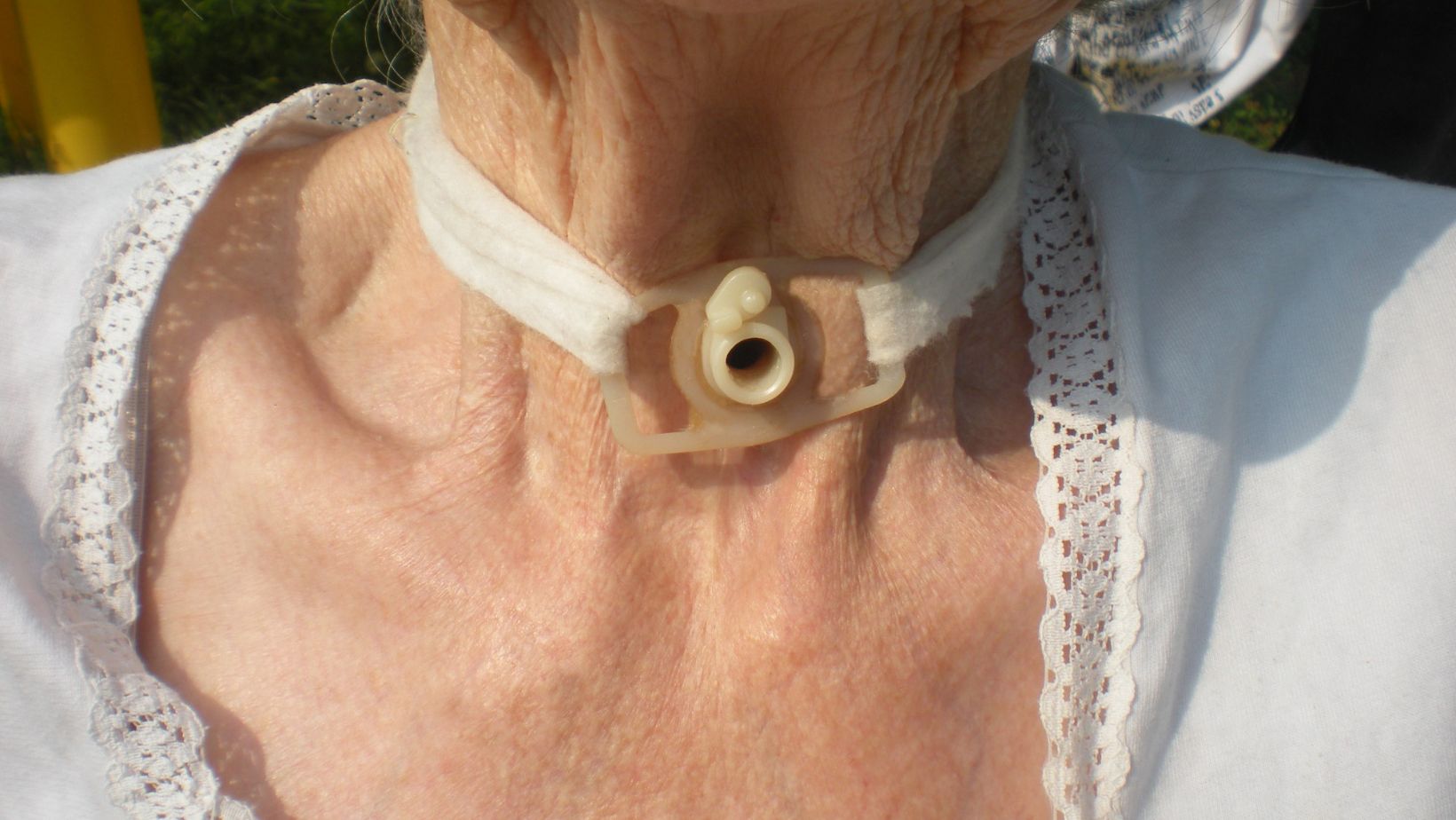If you or a loved one has a tracheostomy, you know how important it is to take care of your throat and mouth at home. Tracheostomy care can be daunting, so we’ve compiled our top tips for keeping your throat and mouth clean and healthy during the recovery process.

What is a tracheostomy?
A tracheostomy is a surgical procedure that involves making an incision in the neck and creating an opening in the trachea (windpipe). A tracheostomy tube is then inserted through this opening to help with breathing.
Tracheostomies are usually performed in order to:
– Relieve an obstruction in the airway
– Help a person with a chronic respiratory condition breathe more easily
– Allow a ventilator to be used if a person is unable to breathe on their own
If you or a loved one has recently had a tracheostomy, it is important to learn how to properly care for the wound and the tracheostomy tube to ensure a speedy recovery and to avoid any complications.
Caring for the tracheostomy wound
The incision made for a tracheostomy is usually about 2-3 cm long and is located just below the Adam’s apple on the front of the neck. A small piece of gauze will be placed over the incision to help with bleeding control.
It is important to keep the tracheostomy wound clean and dry. The dressing should be changed at least once a day or more often if it becomes wet or soiled. To change the dressing you need to:
– Gently remove the old dressing. If it is stuck, moisten it with sterile water or saline before trying to remove it.
– Clean the area around the incision with sterile water or saline.
– Apply a new piece of gauze to the incision and secure it in place with tape.
– Wash your hands thoroughly with soap and water after changing the dressing.
If this is something you’re not familiar with, a trained care worker can provide the support you or your loved one may need.
Why might you need a tracheostomy?
There are a number of reasons why someone might need a tracheostomy. Some common reasons include:
– Difficulty breathing due to an obstruction in the airway
– Chronic respiratory conditions such as COPD or cystic fibrosis
– Paralysis of the muscles used for breathing
– The need for mechanical ventilation
How does home care support the recovery process?
People with a tracheostomy often need help with their daily activities and medical care, and a home care worker can provide this support. Beyond that, they also provide emotional support and help with practical tasks like grocery shopping and cooking. So if you or a loved one has a tracheostomy, home care can help make the transition from hospital to home easier.
What does home care for tracheostomy include?
The type of home care you or your loved one needs will depend on a number of factors, including the reason for the tracheostomy and the person’s overall health. Home care for tracheostomy can include:
– Support with respiratory therapy: This includes providing respiratory treatments and exercises to help with breathing.
– Emotional support: People recovering can also access support and guidance to cope with the emotional impact of having a tracheostomy.
-Practical support: Help around the home with daily tasks.
– Specialist support: A specialist care worker may be able to provide care such as wound care and tube care.
Home care workers can also provide practical support, such as help with grocery shopping and cooking.
What are the benefits?
There are many benefits to having home care when you’re recovering from this procedure, including:
– Improved health and wellbeing
– Increased independence
– Peace of mind for both the person with a tracheostomy and their loved ones
– Home care can also make the transition from hospital to home easier
Manage tracheostomy recovery with greater comfort and success
Overall, it is very important to take care of a tracheostomy both for wound healing and to avoid complications – and home care can be extremely beneficial in helping with all aspects of care. If you or someone you know has recently had a tracheostomy, don’t hesitate to ask for help from a trained professional.
At Aspire UK, we make this process much easier and more pleasant from the get go.








